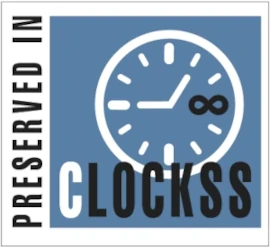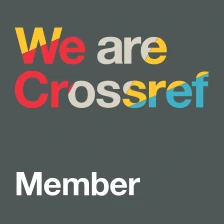Introducing the Slave Next Door
DOI:
https://doi.org/10.14197/atr.201219135Keywords:
human trafficking, modern slavery, local, media, campaigns, perceptionsAbstract
Past studies have indicated that the British public consider human trafficking to be remote from their personal experiences. However, an increase in local press reporting, alongside the emergence of locally co-ordinated anti-modern slavery campaigns, is starting to encourage communities to recognise the potential for modern slavery and human trafficking to exist in their own localities. In this article, we examine how local media and campaigns may be influencing public perceptions of modern slavery and human trafficking. We draw upon a content analysis of local newspapers to review how reports represent cases of modern slavery, and use focus group discussions to understand how local coverage modifies—and sometimes reinforces—existing views. We find that, whilst our participants were often surprised to learn that cases of modern slavery and human trafficking had been identified in their area, other stereotypical associations remained entrenched, such as a presumed connection between modern slavery and irregular migration. We also noted a reluctance to report potential cases, especially from those most sympathetic to potential victims, linked to concerns about adequacy of support for survivors and negative consequences relating to immigration. These concerns suggest that the UK’s ‘hostile environment’ to migrants may be undermining the effectiveness of ‘spot the signs’ campaigns, by discouraging individuals from reporting.
Metrics
Published
How to Cite
Issue
Section
License
The Anti-Trafficking Review has a policy of licensing under the Creative Commons Attribution License (CC-BY). Under the CC-BY license, the public is free to share, adapt, and make commercial use of the work. To protect our work and that of our authors, however, users must always give proper attribution to the author(s) and the Anti-Trafficking Review (i.e. with a complete bibliographic citation and link to the Anti-Trafficking Review website and/or DOI).
The Anti-Trafficking Review promotes the sharing of information, and we therefore encourage the reproduction and onward dissemination of articles published with us.








